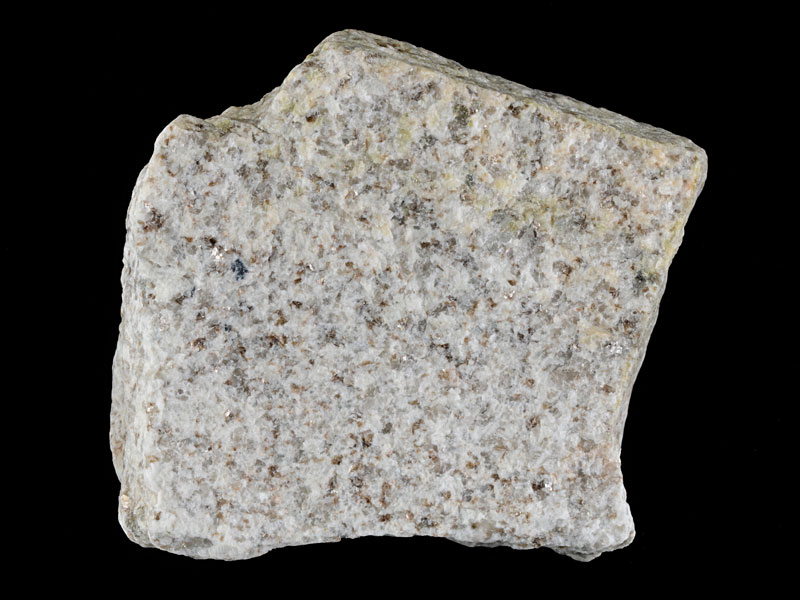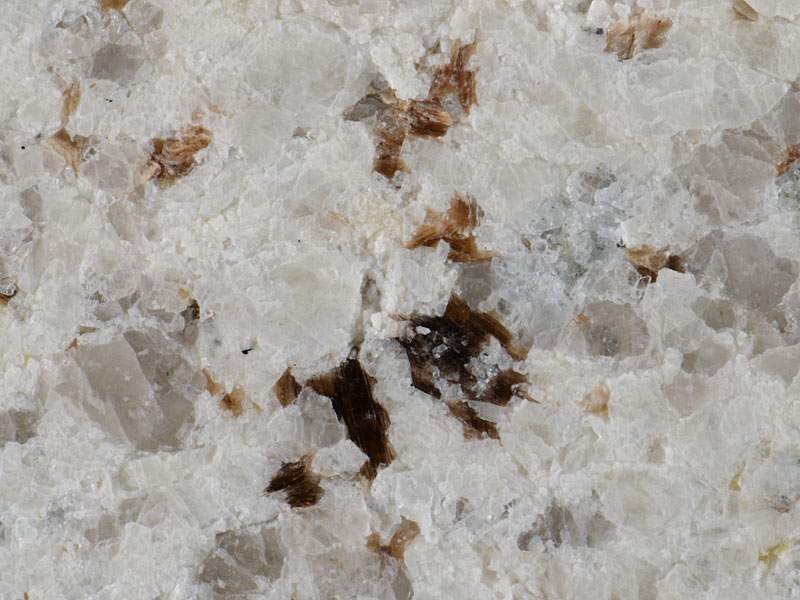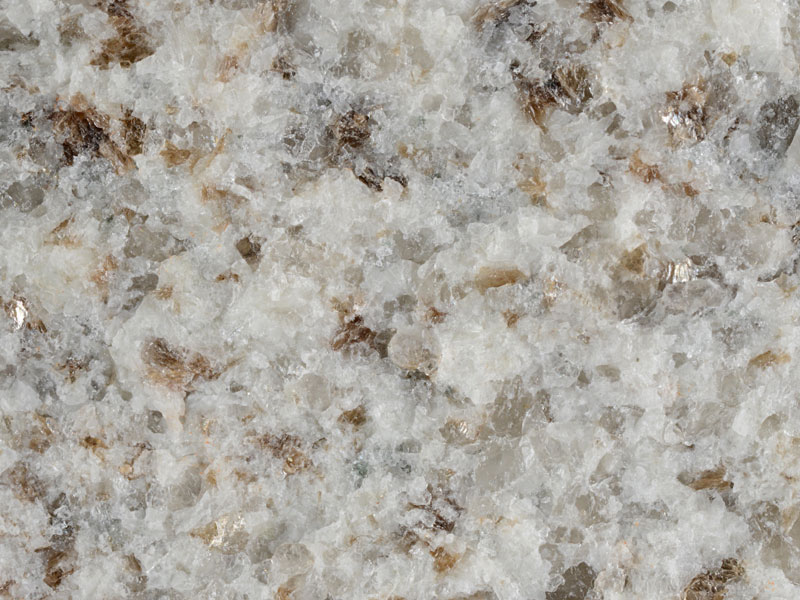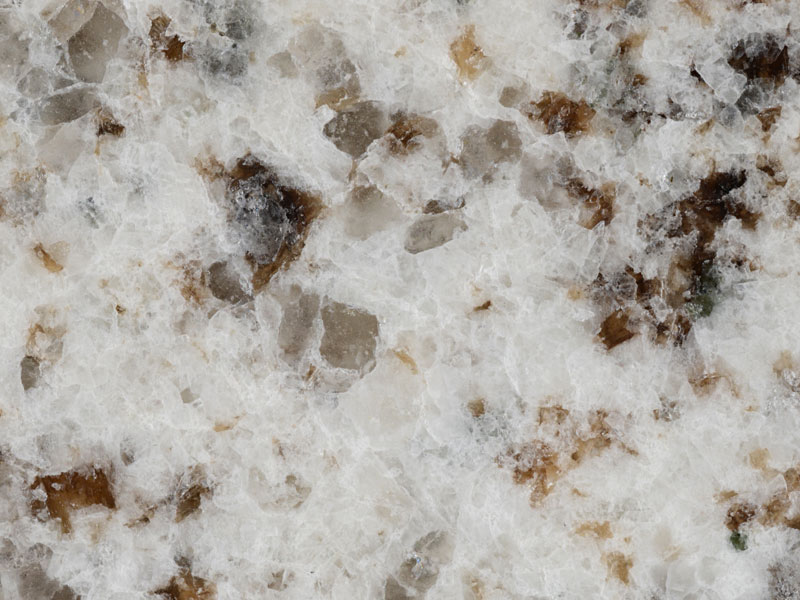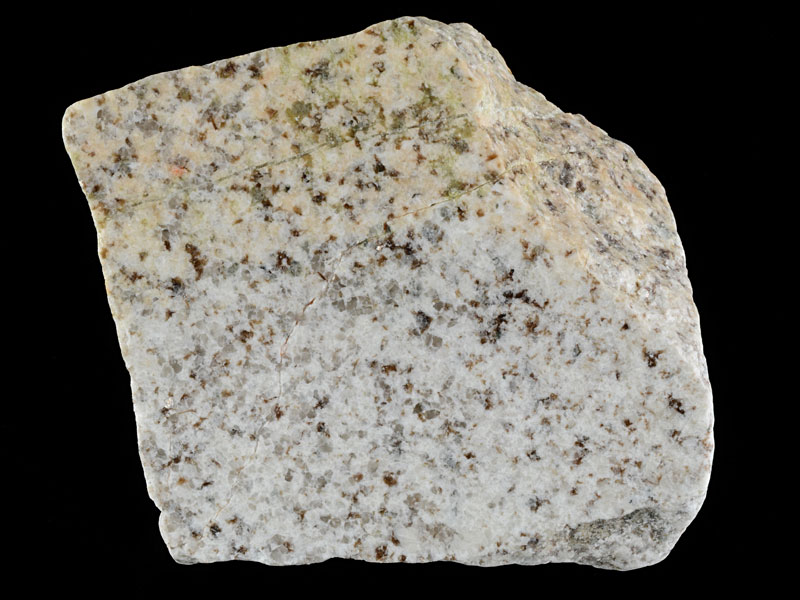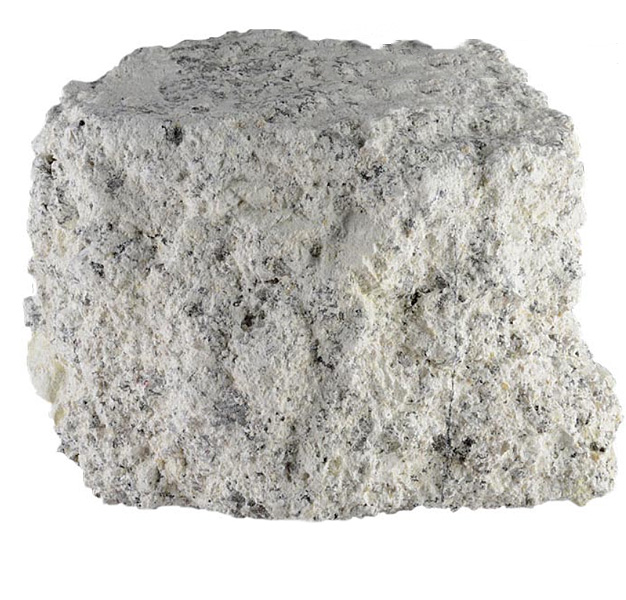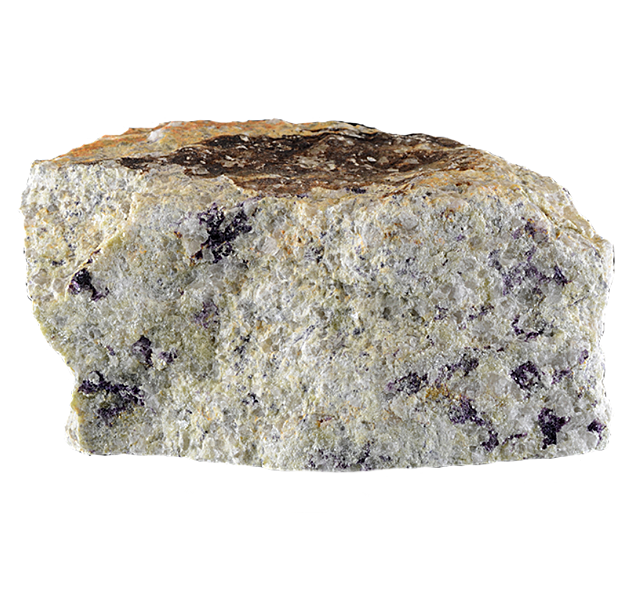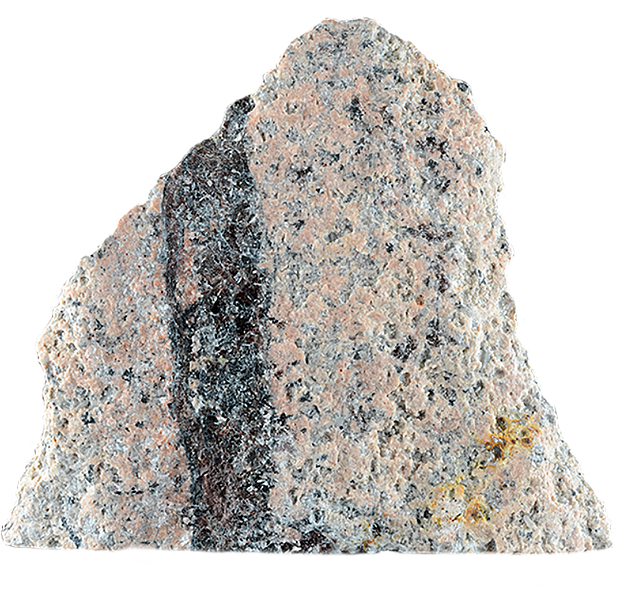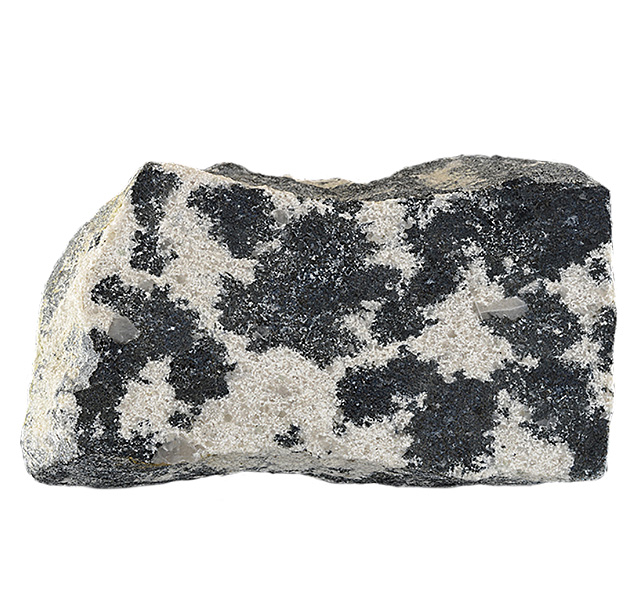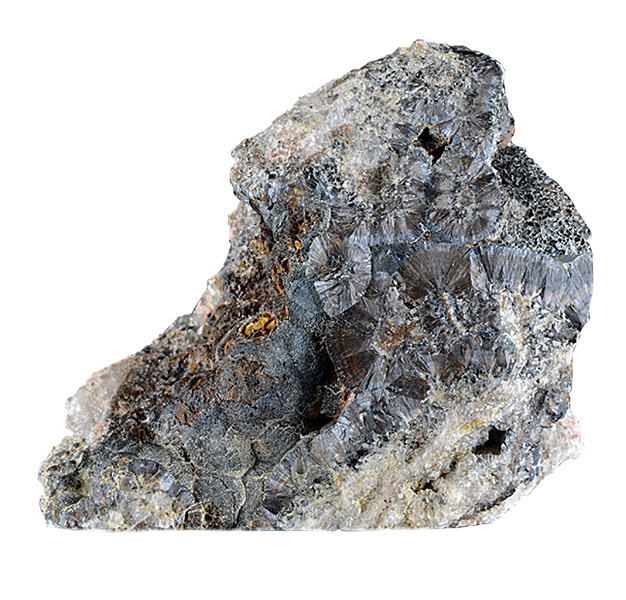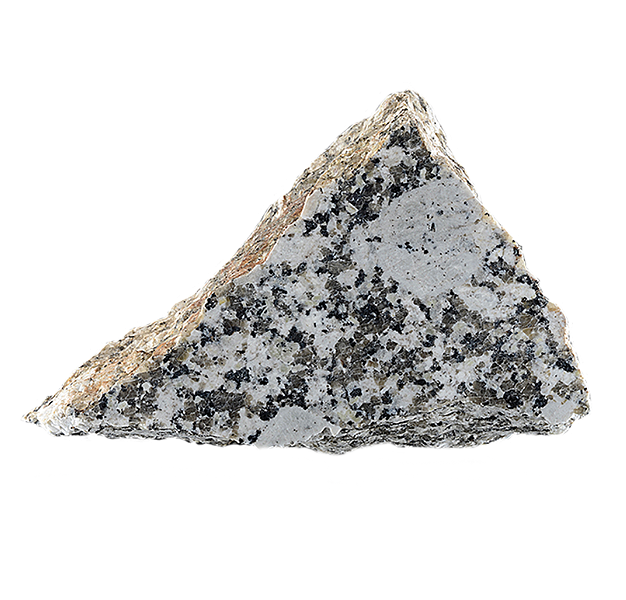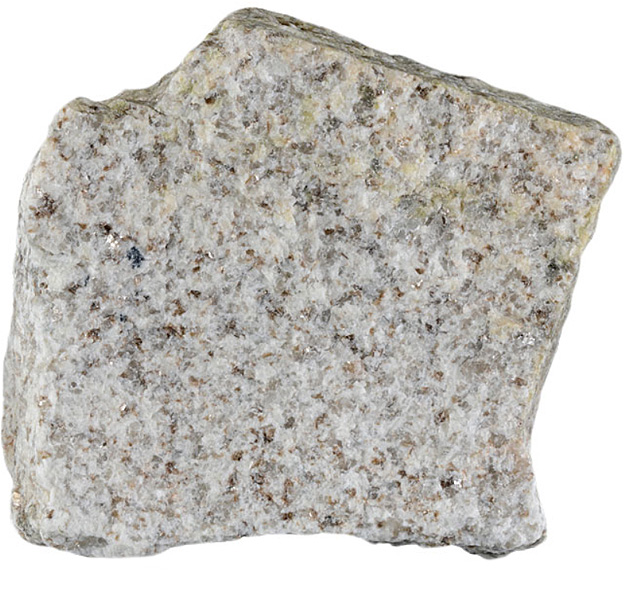
Fact sheet
This is an extremely evolved granite. Its mica is lithium-enriched and there is considerable fluorine present in the form of topaz and fluorite. The fluorite is colourless in thin section so look very carefully to find it. It has a slightly higher relief than quartz and is isotropic. Considering that this sample was collected in a china clay pit, its feldspar is relatively free of alteration.
A case study of the St Austell granite complex in Cornwall, England, illustrating the range of rocks associated with a granite intrusion. The earliest part of the complex is a siderophyllite (biotite) granite containing muscovite and tourmaline typical of a SW England granite, with many primary magmatic features.
This early intrusion was followed by the intrusion of an evolved volatile-rich magma which was the driving force behind a series of intense hydrothermal processes as volatiles escaped from this magma and helped to establish an extensive alteration halo (aureole). Boron, fluorine and lithium (as well as water) played major roles in the formation of the second intrusion and in the associated hydrothermal processes. Igneous activity lasted around 18 million years from 282 Ma (siderophyllite granite) to 265 Ma (fluorite granite).
